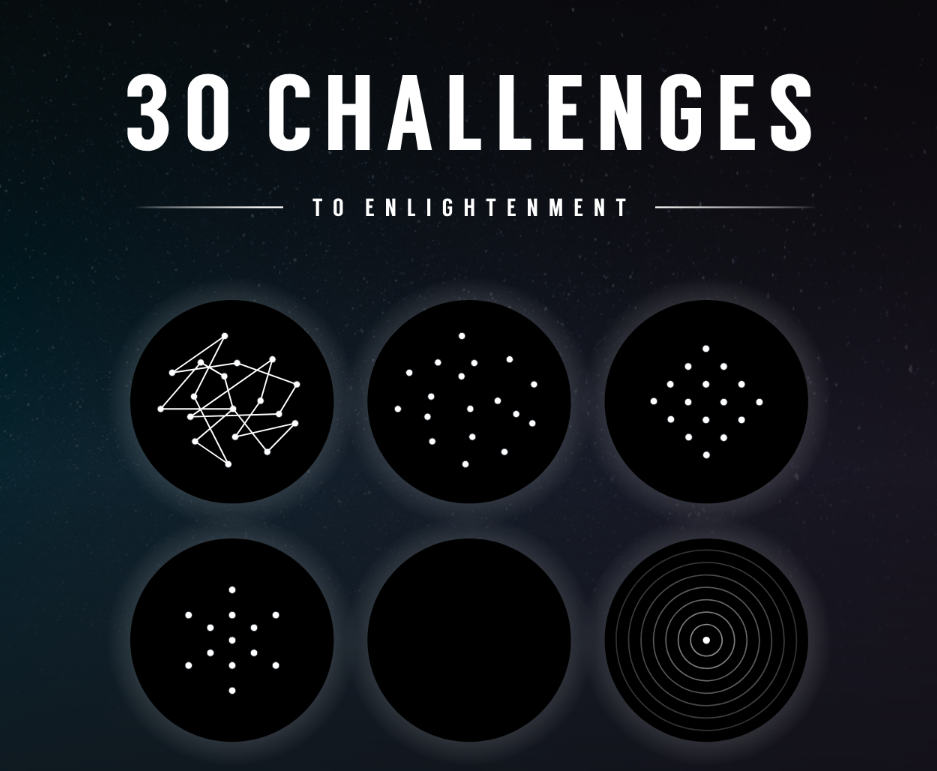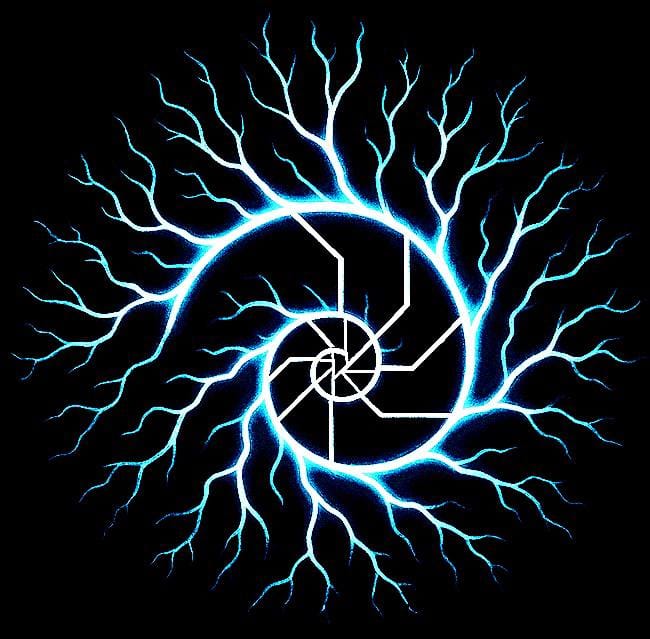Reclaiming My Mind: Diving Back into HighExistence’s 30 Challenges to Enlightenment

For over a decade, I’ve been exploring unconventional paths to self-mastery, consciousness expansion, and personal insight. Among the tools that have shaped this journey, one stands out for its audacity and rigor: the 30 Challenges to Enlightenment from HighExistence. I first encountered this program years ago, and while I attempted the challenges multiple times, I only fully completed them once. Now, with renewed focus, I’m returning—not just to follow the program—but to expand it, document it rigorously, and integrate it into a broader framework of personal tracking and conscious experimentation.
What Are the 30 Challenges to Enlightenment?
HighExistence designed these challenges as a progressive, experiential program for personal evolution. The goal is not just philosophical understanding but practical, embodied change. The 30 challenges span physical, cognitive, emotional, and spiritual domains, encouraging participants to break habitual patterns, heighten awareness, and explore limits.
Examples include:
- High on Existence: Refraining from caffeine, alcohol, nicotine, and non-prescribed drugs for 30 days to gain clarity on one’s natural physiological and emotional state.
- Zen Grasshopper / Zen Scholar: Deep meditation practices, often paired with journaling, breathwork, or reflective study.
- Vitality Builder / Hunger Gamer: Physical and metabolic experiments to understand energy, fasting, and body awareness.
- Autodidact / School of Life: Focused intellectual engagement, from reading and research to artistic output.
The program is intentionally demanding. It forces participants to confront both comfort and compulsion, examining where their mind, body, and habits unconsciously take refuge in routine or chemical dependence.
HighExistence explains: “A drug is never good or bad in itself. When used skillfully and in moderation, substances like caffeine can have beneficial effects. The challenge is to observe yourself without relying on habitual stimulants or escapes.”
Why I’m Returning to the Challenge
I finished the challenges once and felt the impact immediately—heightened awareness, clearer thinking, and a tangible recalibration of mind and body. Yet I know there is more to explore.
This time, I’m approaching it scientifically and systematically:
- Tracking physiological changes: Using HRV, sleep data, bodyweight, and energy levels.
- Logging emotional and cognitive shifts: Journaling reflections, noting irritability, focus, or creative inspiration.
- Integrating insight into a broader framework: Linking challenge outcomes to my Notion-based second brain, allowing cross-referencing with historical studies, collapse signals, and personal evolution protocols.
By combining experiential challenge completion with rigorous self-tracking, I aim to generate both personal insight and an organized record that can later inform writing, teaching, or further experiments in consciousness.
My Approach: “High on Existence” as a Case Study
I’m beginning with the High on Existence challenge, which asks participants to refrain from all self-administered psychoactive substances for 30 days. Caffeine, in particular, is interesting:
- Short-term benefits: Heightened alertness, focus, and mental clarity.
- Long-term risks or masking effects: Overuse can suppress natural fatigue signals, amplify anxiety, or mask subtle emotional and bodily cues.
- Abstention effects: Initial fatigue or irritability, followed by heightened awareness of natural circadian rhythms, emotional states, and energy levels.
My tracking system:
- Physiological: HRV, heart rate, sleep quality, and energy fluctuations.
- Emotional: Mood journaling, intensity of urges, clarity of thought.
- Cognitive: Perception, attention span, and creative output.
By documenting daily patterns, I’ll examine the precise effects of caffeine abstention and correlate them with my natural circadian rhythm, phase of the menstrual cycle, and nervous system state.
Integrating the Challenges into My Broader System
The 30 Challenges do not exist in isolation. In my Living Fractal Second Brain, each challenge becomes a tracked, cross-referenced page:
- Phase-specific insights: Linking challenge performance to physiological and emotional state.
- Historical context: Comparing patterns with ancestral practices, Roman discipline, and modern neuroscience.
- Outcome mapping: Recording lessons learned, behavior shifts, and moments of insight.
This structure allows me to expand on the HighExistence framework while maintaining scientific grounding and personal relevance. Each challenge is both an experiment and a data point in an evolving personal knowledge system.
Why It Matters
These challenges go beyond self-help or productivity—they retrain perception, nervous system responsiveness, and habitual cognition. By actively choosing not to rely on stimulants, distractions, or routines, I create space for direct, unfiltered experience.
I also integrate a reflective, research-informed lens: every step is documented, cross-referenced, and analyzed. In this way, the challenge becomes not just a journey toward personal enlightenment but a scientific exploration of human cognition, behavior, and adaptation.
How You Can Explore This Too
If you want to learn more or embark on the challenges yourself:
- Visit the official guide at HighExistence: 30 Challenges to Enlightenment.
- Track your journey scientifically—physiological markers, journaling, and reflective tracking elevate the experiment beyond habit-forming.
- Approach each challenge with intention, patience, and curiosity, and consider reverse-engineering as a way to deepen experiential insight.
Returning to the 30 Challenges to Enlightenment is more than revisiting a favorite program—it’s a deliberate experiment in self-regulation, perception, and embodied cognition. By pairing this experiential practice with rigorous tracking and reflection, I hope to uncover deeper truths about my mind, body, and nervous system.
This is not about finishing a program; it’s about living a structured, conscious exploration of the limits of habit, perception, and human potential.


Comments ()